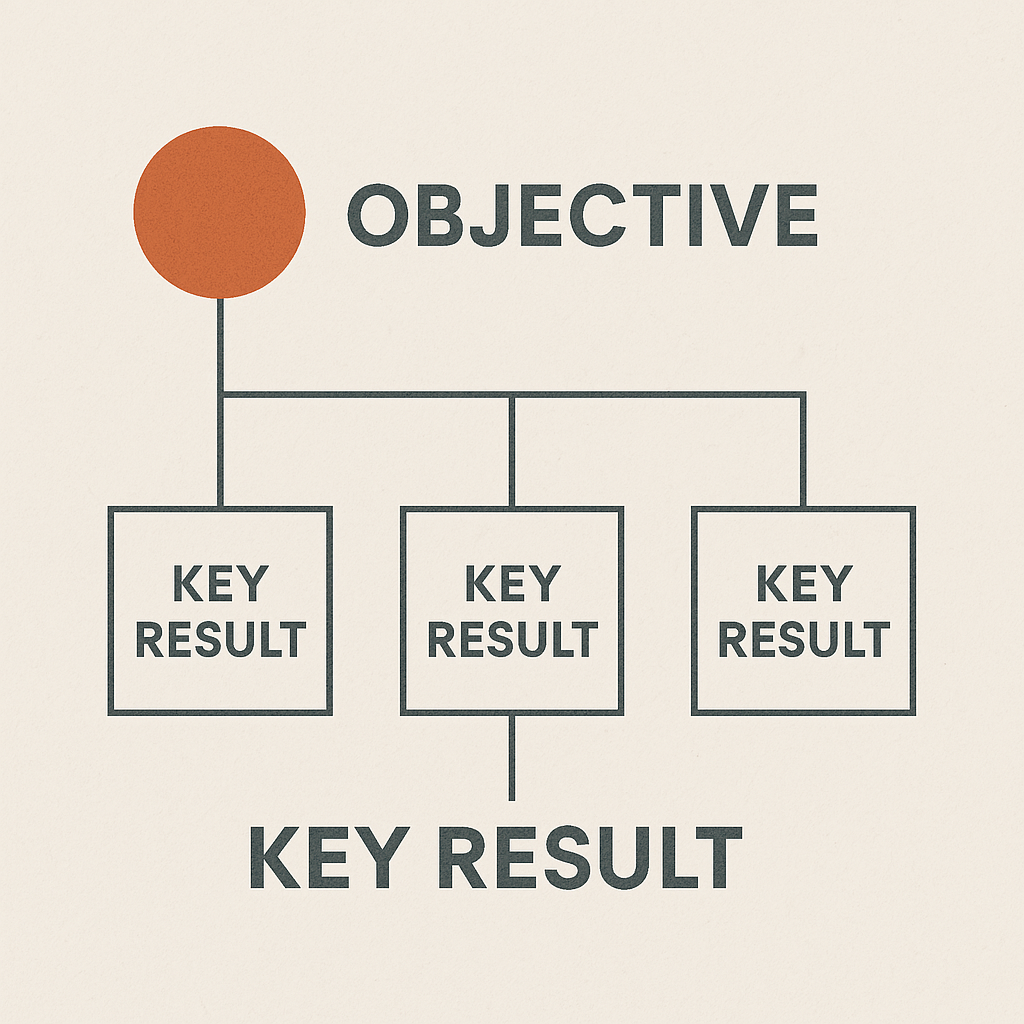You’re in a negotiation. Your product is a perfect fit. You’re solving a real problem. There’s clear alignment with the customer’s strategic goals.
And yet… the deal drags on. Or worse—falls apart.
Why?
Because you’re not negotiating with a company.
You’re negotiating with people. And people have micro-agendas.
Micro-agendas are the personal motivations, goals, and pressures that drive how individuals behave inside organizations. They’re often invisible. Always human. And they can make or break your deal, no matter how well your product fits or how aligned your pitch is with company strategy.
Most micro-agendas start with formal performance targets. These might include sales quotas, budget constraints, delivery deadlines, system consolidation goals, or regulatory compliance mandates. If someone’s bonus—or job security—depends on hitting those metrics, it becomes the lens through which they view every opportunity and every risk.
In theory, these targets are designed to cascade upwards. If done well—especially through frameworks like OKRs (Objectives and Key Results)—individual goals support team goals, which in turn roll up into the company’s vision. When that happens, everything flows. Everyone rows in the same direction.

But in reality, targets are often misaligned, outdated, or created in departmental silos. Even OKRs, when poorly implemented, can send teams in different directions. That’s when micro-agendas start to clash. People are doing what they think is “right” according to their dashboard—but those dashboards aren’t speaking the same language.
And then there’s the unspoken kind.
Because not all micro-agendas come from HR-approved KPIs. Some come from much deeper places:
• Fear of looking bad in front of leadership
• Desire to prove a previous decision wasn’t a mistake
• A personal mission to shift the company’s direction
• A bid for influence, visibility, or promotion
• A survival instinct to avoid blame or exposure
These agendas are often the most powerful—and the least talked about.
When you hit resistance in a negotiation, it’s easy to assume it’s about price or timing. But often, you’re up against someone’s need to protect their credibility, defend their turf, or avoid a political landmine. You’re not negotiating with the company. You’re negotiating with a person who’s trying to win—or avoid losing—inside the company.
Understanding micro-agendas means seeing past the surface objections and into the actual drivers of behavior. That’s when deals start moving again.
Because when you help someone tick their boxes—whether formal or informal—you don’t just close the deal. You make them look good. And that’s what gets approvals across the line.
Disclaimer: The following story is based on a real negotiation I was involved in. Names, company, and industry details have been changed to protect the confidentiality of everyone involved. The dynamics, however, are exactly what happened.
A few years ago, I was advising a company called Veritus, a SaaS firm delivering a supply chain optimization platform designed to help complex, multi-region businesses streamline vendor coordination and logistics performance. They were working with GlobalPort Logistics Group (GPLG)—a major multinational freight and distribution network with operations across three continents.
After a significant upfront contract to customize Veritus’s core platform for GPLG’s procurement and distribution teams, the product was delivered successfully. The platform was stable, widely adopted by regional managers, and aligned directly with GPLG’s digital transformation roadmap.
Then came the pause.
As Veritus prepared to move into the licensing and maintenance phase, the client’s deal sponsor—Danico Moreno, a senior IT executive at GPLG—started pushing back. Licensing terms, IP ownership, value for money—all suddenly became sticking points.
But the friction wasn’t about the platform. It was about Danico’s micro-agenda.
He had overseen a major capex investment to get this platform over the line. And now, as GPLG looked at a SaaS-style support contract, leadership was questioning why they were paying for ongoing access to a system they didn’t fully own. To Danico’s bosses, it looked like he’d paid Veritus to build a proprietary system—and walked away with nothing but a user login.
In truth, Danico wasn’t being difficult. He was trying to defend his reputation. He needed to show that the investment wasn’t just sound, but strategically smart. Without the ability to claim IP ownership or demonstrate tangible long-term value, he felt exposed—and it showed in how he engaged.
So Veritus adjusted course.
Instead of doubling down on the existing proposal, they worked with Danico to shape a defensible internal story. They explained that Veritus had already built a significant part of the underlying technology before GPLG came into the picture—what GPLG paid for was a customized layer built on top, specific to their use case.
They went further: Veritus offered shared ownership rights on selected modules—components GPLG could legitimately claim credit for. And then they reframed the whole SaaS model to work in Danico’s favor: any enhancements Veritus made for future clients would flow back into GPLG’s version of the platform at no extra cost.
It was a multiplier, not a loss.
Now Danico had something to take upstairs:
• GPLG hadn’t paid to build someone else’s platform.
• They had accelerated adoption by leveraging an existing core stack.
• They had co-ownership of key components.
• And they would receive continuous value as the product improved over time.
The deal was signed soon after.
It didn’t close because of a better offer. It closed because Veritus understood Danico’s micro-agenda: protect the past decision, and secure future credibility.
Founders spend time preparing for pricing objections, legal red tape, and procurement bureaucracy.
But the real blockers?
They’re human.
They’re political.
They’re hiding in plain sight.
When you understand micro-agendas, you stop negotiating against the process—and start negotiating with the person.
You help them win.
And when they win, the deal moves.
Want help spotting micro-agendas in your next negotiation? Or building internal alignment before you even hit the table? That’s the work I do—feel free to reach out.
Find out if MentorCruise is a good fit for you – fast, free, and no pressure.
Tell us about your goals
See how mentorship compares to other options
Preview your first month
